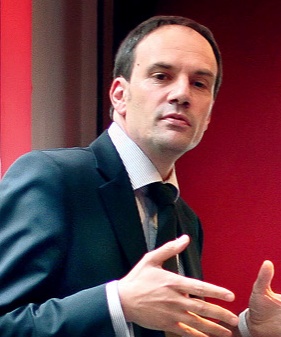5 days to success |

|
Last update: October 5th, 2008
| An example of field training and deployment of TPMThe client company manufactures electronic systems for automotive industry. The major car makers are her customers. these customer are extremely demanding and perform regularly audits at their suppliers premises. This company had already a good knowledge and maturity about tools and methods. Automatic insertion machines setup in lines provide electronic boards to next final assembly stations. These equipment are highly automated, yet they lack production capacity as they are often down. Main reason were failures and breakdowns. Other phenomenon burden production time as well and extend the changeover durations. Training objectivesThe client company wants to deploy in a very operational manner the TPM approach in order to:
TrainingThe suggested training content was a mix of theory (the necessary basics) and immediate application on a pilot line. The training itself was flexible and opportunistic, so to use any event in the line's day (changeovers, normal speed, specific event, stops, breakdowns...). Nevertheless, the whole content was delivered to the trainees. Five full days gathered groups of 10 to 12 trainees, among which operators - the closest to the machines -, technicians, line leaders, workshop manager and members of continuous improvement team. Results After two training sessions, following results have been recorded:
EvaluationOn the last day of each training session, with attendance of top management, a debrief was performed by the trainees themselves. They summarized the achievements and links with training content and explained the actions they´ll work on.
© HOHMANN
|
| | |||||||||||||||||||||||||
